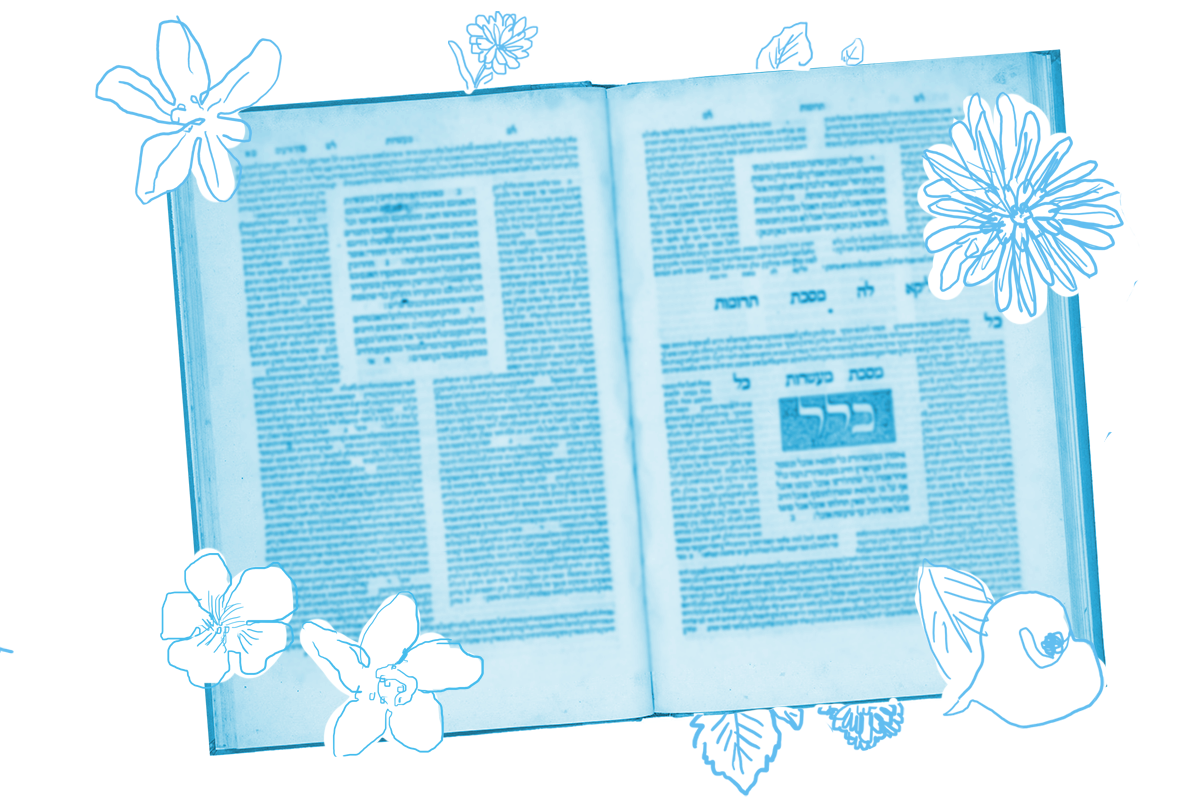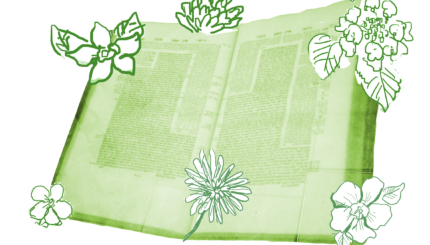Today’s page is all about the procedure for burning hametz — particularly in the Temple. Recall from Pesachim 11 that people would eat the leaven up until the fourth hour, hold it in abeyance during the fifth hour (neither eating nor burning it during that time), and burn it at the beginning of the sixth hour. We also saw, on that page, that at least some rabbis were skeptical that people would know exactly when these hours fell (after all, there were no wristwatches in antiquity). At the top of today’s page, Abba Shaul tells us how the community knew when it was time to stop eating leaven, and when it was time to burn it:
On the eve of Passover, two cows would plow the Mount of Olives. As long as both of them were plowing, the entire nation continued to eat leaven. When one of the cows was taken away, the people knew it was time to place their leaven in abeyance. When both of them were taken away, the entire nation began burning their leaven.
If you’ve been to Jerusalem, you might remember that the Mt. of Olives overlooks the city and, specifically, the Temple mount — the site where the Temple stood. Much like Paul Revere’s legendary light signal (“one if by land, two if by sea”) the number of cows plowing the mountain on the morning of the 14th of Nisan served as a signal to Israel about when it was time to stop eating hametz — and when it was time to start burning.
This vivid account leads into a long mishnah on today’s page which concerns burning the hametz in the Temple. The rabbis are particularly worried about whether hametz (not necessarily impure) can be burned along with other impure items, since the latter also need to be burned. Does mixing them transfer impurity (a ritual problem) or does it not matter?
Things quickly get complicated: What levels of impurity are we talking about? Are we concerned about impurity that transfers in the few moments that the items mingle before they are consumed by the flames? I invite you to go dive into the arguments on the page yourself (we cannot review them all concisely here). What you will find is that our daf is an incredible illustration of three levels of teachings: First, from the Torah itself. Torah verses are brought to help understand the difficult halakhic problems. Second, from observing what people do — what did the priests avoid, and what did they not shy away from? How did the people behave with hametz, and when? Third, and by far the most important resource the rabbis want us to hold on to: interpretation. Interpreting the verses, interpreting the events, and interpreting even what the rabbis meant when they discussed the events.
Rabbi David Hartman, the American-Israeli thinker and founder of the Shalom Hartman Institute, frequently would passionately remark: “Ours is an interpretive tradition.” Today’s page is a challenging and interpretive daf, gathering testimony of our great rabbis, interpreting the verses of our sacred Torah, and then arguing about who has the best interpretation. Let us all become part of this great legacy and continue to stay in the deep end!
Read all of Pesachim 14 on Sefaria.
This piece originally appeared in a My Jewish Learning Daf Yomi email newsletter sent on December 5th, 2020. If you are interested in receiving the newsletter, sign up here.



